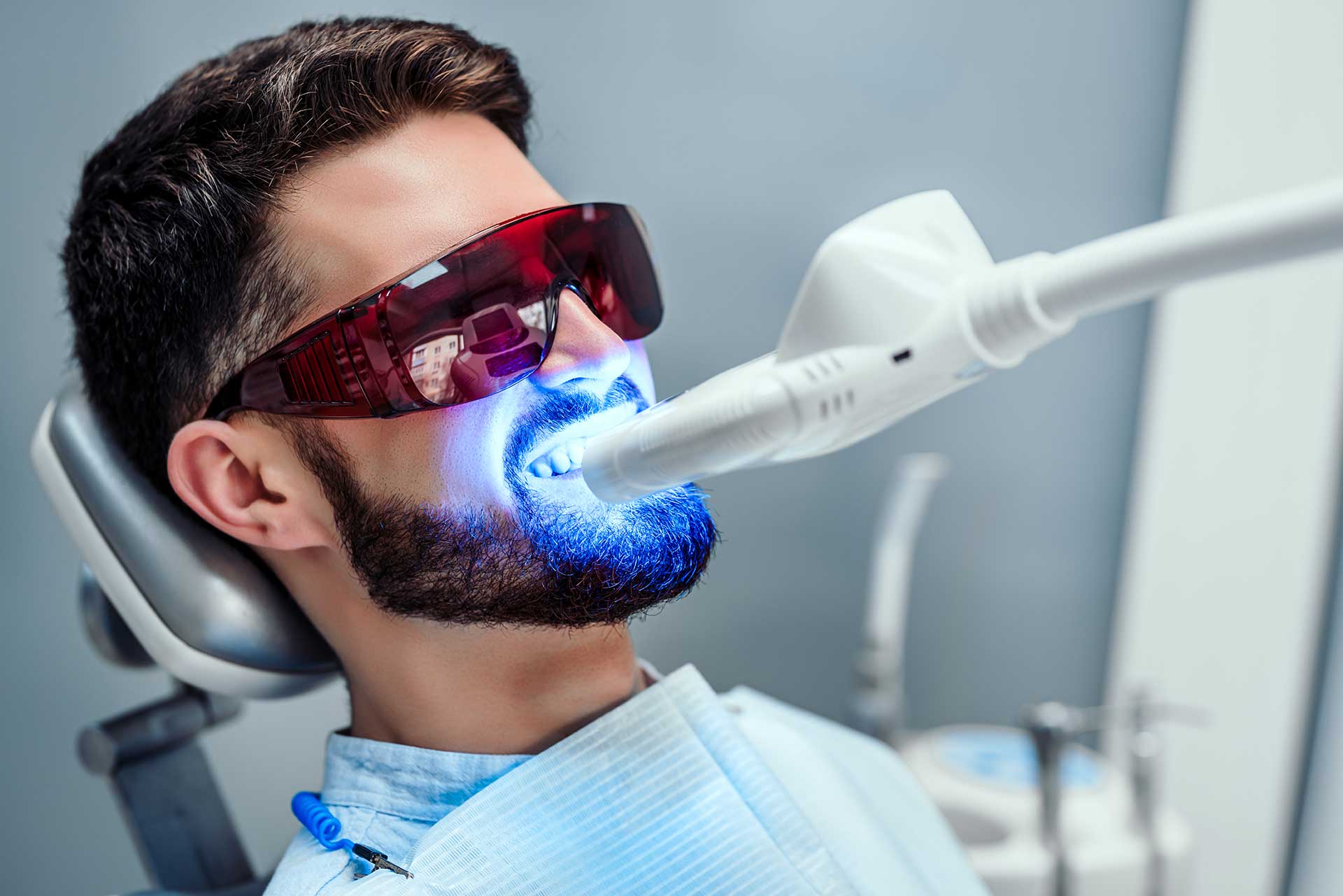Teeth whitening (bleaching) is a popular dental procedure that attracts many individuals who seek an aesthetic appearance and healthy teeth. Changes in tooth color can occur due to various factors, affecting both confidence and raising concerns about overall dental health. Whitening procedures are offered across a broad spectrum, ranging from at-home kits to professional applications in dental offices. However, there are several important factors to be aware of regarding this popular dental care method.
What Is Teeth Whitening?
Teeth whitening procedures have become common treatments performed by dentists in recent years.
Bleaching is a process that involves eliminating organic or inorganic colored substances that develop on the porous structure of the tooth enamel over time, giving the tooth a white appearance.
When Is Teeth Whitening Can Be Done?
Bleaching is applied in cases of both intrinsic and extrinsic discoloration, with the procedures generally being the same despite different reasons for each color change.
Causes of color change include:
- Intrinsic Discoloration: Changes in color within the tooth due to functional losses and damage, often caused by medications used during childhood, infections, and traumas.
- Extrinsic Discoloration: Staining and yellowing on the external surface of the tooth caused by common daily consumables such as tea, coffee and smoking.
Teeth whitening is performed based on intrinsic and extrinsic conditions, and therefore, the cost of teeth whitening can vary depending on the techniques used.
Teeth Whitening Methods
The choice of which whitening method to use in the bleaching process should be determined jointly by the expert dentist and the patient after discussions and examinations. After assessing the results of consultations and check-ups, the most suitable option for the patient is selected, and the bleaching process is applied.
Bleaching methods include:
- At-Home: Applied with custom-made trays provided by the dentist, containing whitening gel. The tray is recommended to be worn for at least 4 to 6 hours a day or overnight for about 2 weeks, producing results within this period.
- In-Office: Dentist-applied gel activated by UV or laser light on the tooth surface. The procedure typically takes about 1 hour.
- Combination Whitening: Involves both in-office whitening and at-home tray-based whitening over a few days. It is often recommended for intense discolorations.
- Single Tooth Whitening: Typically applied to teeth that have undergone discoloration due to root canal treatment.
Frequently Asked Questions:
Is There an Age Limit for Bleaching?
Teeth whitening is a procedure applied to individuals aged 18 and above.
Is Teeth Whitening Permanent?
Under normal conditions, the effects of whitening are permanent. However, repeated color changes can occur over time with excessive consumption of coffee, cigarettes, and wine.
Is Teeth Whitening Harmful?
When performed under the supervision of dentists using proper methods, teeth whitening procedures have no negative effects.
How Many Sessions Does the Whitening Process Take?
The number of sessions varies depending on the individual's initial tooth color, the method used, and the desired outcome. In-office whitening typically takes a single session.
What Should Be Considered After Teeth Whitening?
After whitening, it is recommended to avoid consuming colored foods (such as red wine, coffee, and tea) and tobacco products. Regular dental care and adherence to the dentist's recommendations are also important.
